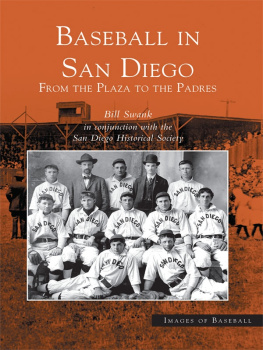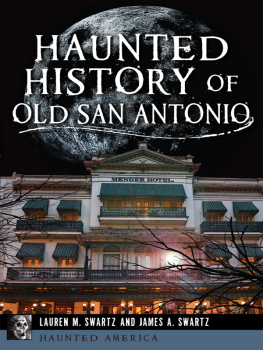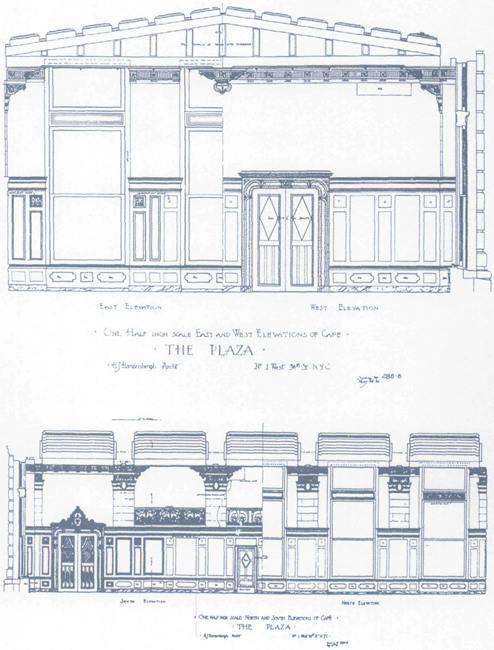
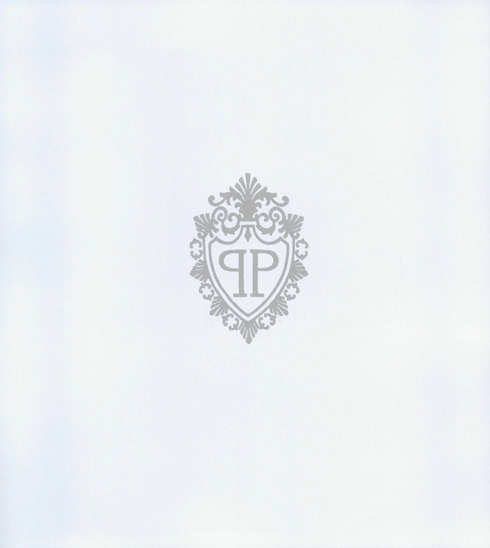

The author and publisher have provided this e-book to you for your personal use only. You may not make this e-book publicly available in any way. Copyright infringement is against the law. If you believe the copy of this e-book you are reading infringes on the authors copyright, please notify the publisher at: us.macmillanusa.com/piracy.
Contents
for Irma and Warren
The Plaza, the Camera, and the Century
This photographic tribute to The Plaza was assembled at the close of the twentieth century. While it is most certainly a history of this renowned hotel, it is also a book about that centuryalbeit seen from a rather precise vantage point: 53,726 square feet of land situated on an island off North America. This plot of land is like no other in the world; indeed, its hard to imagine many other places that have witnessed the last hundred years quite the way it has.
Early on, the land had an unremarkable history. Farmland originally, most of it was covered by a large pond used as an ice-skating rink in the winter. In 1890, an eight-story hotel, The Plaza, was erected there, which, with typical New York impatience, was declared outmoded after a mere fifteen years and demolished. In its place rose todays Plaza, whose doors opened October 1, 1907. Designed as a lavish pleasure palace, it has managed to maintain an aura of luxury and civility throughout the tumult of the century.
From the start, it has been a mirror of the New York scene. The citys changing tastes in design, restaurants, parties, and accommodations are reflected here, as well as its adjustments to servant shortages, Prohibition, the Great Depression, two world wars, the Cold War, womens rights, smokers rights, animal rights, and even British rock and roll. The first guests to sign the register, Mr. and Mrs. Alfred Gwynne Vanderbilt, set the standard for the kind of people who would frequent it, luminaries who would reflect the changing definition of celebrity over the centuryfrom Mark Twain and Diamond Jim Brady to F. Scott Fitzgerald, Marlene Dietrich, Frank Lloyd Wright, and the Beatles. (Ironically, one of the hotels best-known residents, a mischievous six-year-old named Eloise, is entirely fictitious.) Over the years, the hotels renown has grown to such an extent that The Plaza has become a symbol of elegance and refinement in American culture, inspiring writers from Neil Simon to Don DeLillo, artists from Everett Shinn to Red Grooms, and filmmakers from Alfred Hitchcock to Mike Nichols. Formal recognition of its cultural status came when it was designated a New York City landmark in 1969 and a National Historic Landmark in 1986.
* * *
The photographic process was introduced in 1839. Technology advanced slowly in those days, and it wasnt until the turn of the century that photography began to evolve more rapidly. In a way, then, the camera and The Plaza grew up together. Almost all of the photographs presented in this book were taken on-site, and aside from their documentary information, they also reflect what was considered suitable photographic material over the last hundred years. The earliest surviving pictures of the hotel rarely depict people: Apparently, it was not considered proper to be photographed in hotels, and, more significantly, the explosive flash powder used for lighting didnt inspire many willing subjects. By the centurys end, however, most of the extant pictures depict only people, now quite eager to be portrayed against the backdrop of The Plaza. They would be pictured here for a variety of reasons as several new kinds of photographsthe publicity still, the paparazzi photograph, the photo opmade themselves known.
This picture collection also dispels the long-held myth that The Plaza has always been a sacrosanct temple of Beaux-Arts architecture. Although its exterior has changed little since 1907, the interior has undergone many alterations in order to remain fashionable and contemporary. Thus some very different (and unexpected) design trends can be seen here: German Renaissance architecture (in the Oak Room), sleek Art Deco (Joseph Urbans Persian Room), postwar modernism (Henry Dreyfusss remodeled Persian Room), faux Polynesian village (Trader Vics), and even a Frank Lloyd Wrightfurnished one-bedroom apartment (Suite 223-225).
Showcasing a variety of changing tastes in design, The Plaza has also served as a laboratory for evolving restaurant styles. There have been sixteen different on-premise dining rooms since 1907, each conceived to suit the palates of a specific decade: In the teens and twenties, the Grill Room served as the headquarters of the Lost Generation; in the thirties, the Persian Room lured caf society types; in the forties, the Rendez-vous drew postwar cosmopolites. The fifties saw the birth of the Edwardian Room, a look back to the hotels earlier days, echoing more conservative times, while the sixties welcomed Trader Vics (one of the first theme eateries in the city) and the Oyster Bar, a nod to less formal dining. In the seventies, there was the Green Tulip, a reaction to the youthquake rocking the country, and 1994 saw the arrival of Gauguin, a restaurant-cum-discotheque that reflected the excesses of the heady eighties. The Edwardian Room lies unoccupied at the time of this writing; one can only wonder what kind of millennial statement it will make.
Americas changing tastes in what constitutes a celebrity can be seen at The Plaza, as well. On opening day, captains of industry (George Jay Gould, John Bet a Million Gates) and men of accomplishment (Mark Twain, Enrico Caruso) were the anointed ones. By mid-century, film stars (Greta Garbo, Marilyn Monroe) and musicians (the Beatles) had usurped the place of inventors and artists as the countrys idols, and as the millennium approached, supermodels, hairstylists, chefs, and florists had joined the celebrity firmament. And it seems as if all of them have visited the hotel, to dine, be married, spend the night, attend a charity event, or be honored at a testimonial dinner. There might be six degrees of separation in the rest of the world, but at The Plaza, theres but one.
The pictures in this book are arranged chronologically and recount an episodic, anecdotal history of this great hotel. Thanks to a number of serendipitous eventsa prime location, visionary builders and management, and, most recently, the moviesThe Plaza has become the most famous hotel in the world. That it has maintained its dignity and reputation over the century is the most remarkable thing about it.
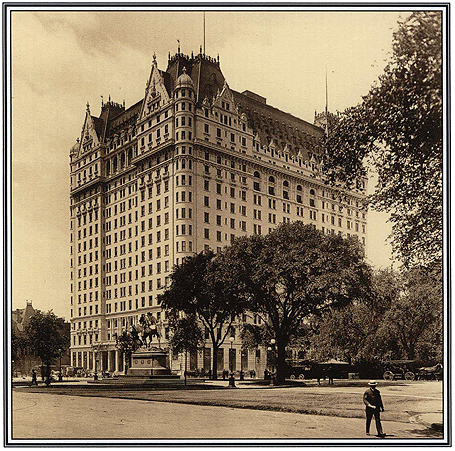
Part One
The Site
The New York Skating Club
On what would become one of New Yorks most fabledand expensiveplots of land, ice-skaters once innocently frolicked. These are the earliest known photographs of The Plazas future site, made when the land was occupied by the Fifth Avenue Pond, one of many on the undeveloped East Side of town. During the winter, this pond was reserved by the New York Skating Club for use as a private skating rink. (, the enlarged facilities around 1870.)


